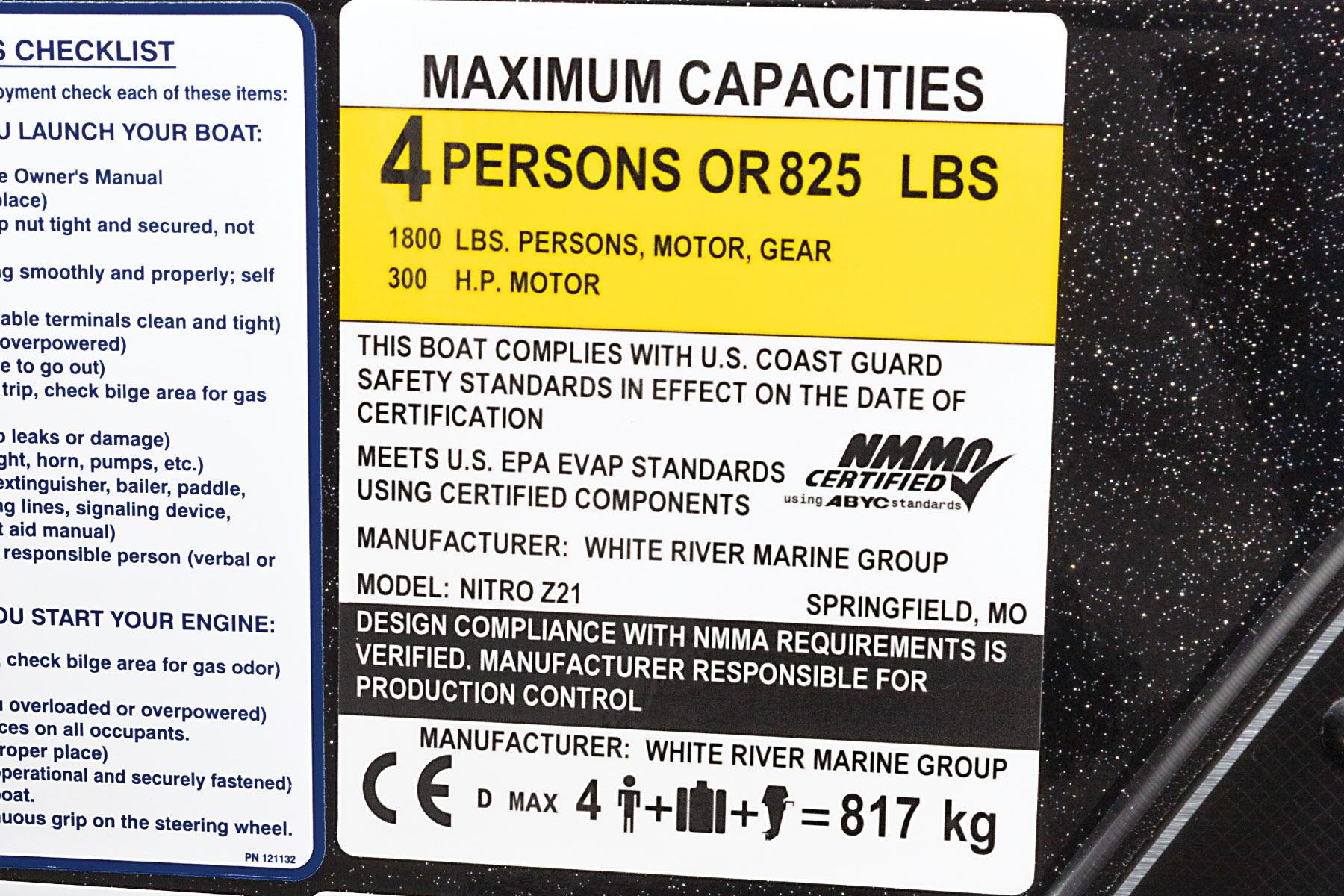You turn on the depthfinder and the high definition screen lights up with a colorful display of the bottom contours and a number displaying the depth. How the heck does that work? Well, there is a part in the bottom of your boat that makes it happen.
Transducers are just one of many boat parts that work together when you turn them on. Here are some of the most common parts, what they do and how they work.
The transducer is the heart of a depthfinder, changing electrical pulses into sound waves or acoustic energy and back again. The transducer sends out the sound waves and then receives the echoes, which are interpreted by the unit and displayed on the screen. Transducers are commonly installed in the hull bottom. They are a good choice for a trailered boat, a vessel with a stepped pad and high-performance bass boats. There is no drag created in the water by a protruding transducer, and the thru-hull location eliminates any damage that might occur to an outside-mounted device. Trolling motor-mounted transducers are common on bass boats. The cone signals emitted and received by the transducer indicate the depth more directly below the bow, as opposed to the stern-mounted thru-hull transducer.
The pitot tube speedometer and the electric paddle wheel speedometer are the two common types of speedometers. The pitot tube uses water to compress air inside a tube, and the pressure is measured and converted to boat speed. The pitot tube looks like a long narrow triangle. It is made of plastic with a tip at the long end that sticks down below the hull bottom. Air pressure builds up by the force of water as it moves through the tube. The greater the pressure, the higher the boat speed. The speedometer turns that into boat speed. With the electric paddle wheel speedometer, speed is measured by how fast the wheel spins. As the boat moves faster in the water, the paddle wheel spins faster and faster, registering your speed.
What makes a fuel gauge work is the sending unit. It consists of a foam float that is connected to a thin metal rod. The end of the rod is mounted to a variable resistor, which is an electrical device that resists the flow of electricity. The more resistance there is, the less current will flow. In the fuel tank, the variable resistor consists of a strip of resistive material connected on one side to the ground. A wiper connected to the gauge slides along this strip of material, conducting the current from the gauge to the resistor. If the wiper is close to the grounded side of the strip, there is less resistive material in the path of the current, so the resistance is small. If the wiper is at the other end of the strip, there is more resistive material in the current's path, so the resistance is large. When the float is near the top of the tank, the wiper on the variable resistor rests close to the grounded (negative) side, which means that the resistance is small and a relatively large amounts of current passes through the sending unit back to the fuel gauge. As the level in the tank drops, the float sinks, the wiper moves, the resistance increases and the amount of current sent back to the gauge decreases.
Large and small boats benefit from trim tabs for the same reasons. They get the boat out of the hole and on plane quickly. Trim tabs also correct for uneven weight distribution, improve speed, safety and overall boat performance. Trim tabs usually consist of two adjustable stainless steel plates mounted at the transom of the boat. Controlled by a hydraulic power unit, the tabs can move up and down when activated by the boater. Think ailerons and elevators on an airplane. Trim tabs do much the same thing for a boat. They provide lift in order to compensate for changes in speed, weight distribution and water conditions. When they are deflected downward, the water force on the trim tab creates upward pressure, raising the stern and reducing hull resistance. The surface area of the tab, the angle of deflection and the speed of the boat all contribute to greater lift.
Seacock valves are most common on offshore boats for a very good reason. They keep water in or out of a large boat. A seacock is a valve on the hull that allows water to flow into the vessel, such as for cooling an engine or for a saltwater faucet. A sink drain is a good example of how seacocks get water out of a boat. Seacocks have a handle that moves 90 degrees from fully open to fully closed, and many have a lever-type handle. When the handle is in line with the outlet, the seacock is open; when it’s perpendicular to the outlet, the seacock is closed. This means you can tell at a glance if the seacock is open or closed.


